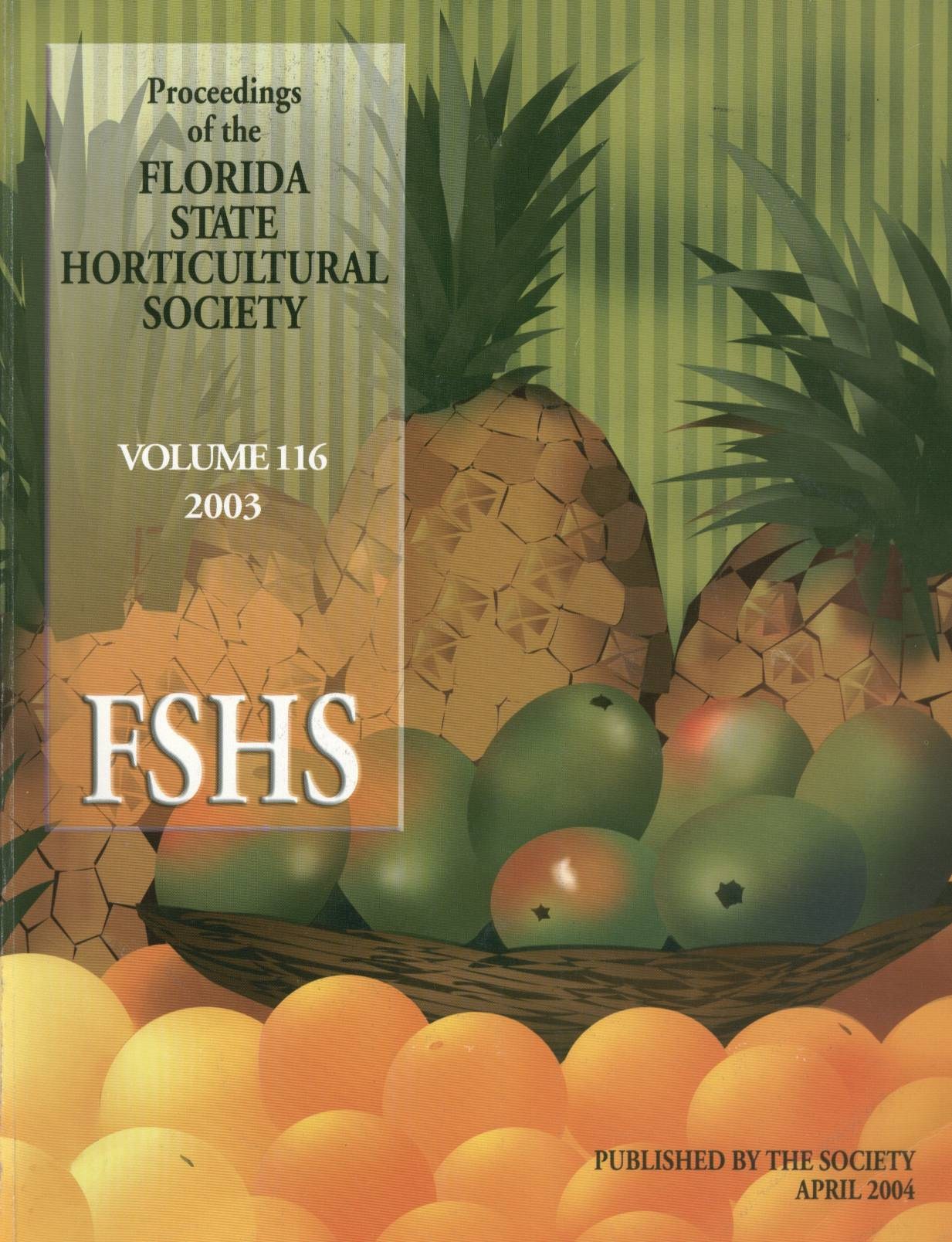Abstract
Blueberries (Vaccinium corymbosum) are susceptible to a number of leaf spot diseases which can cause early fall defoliation. Depending on cultivar, weather and disease pressure, near complete defoliation can occur by early to mid-October during some years. Flower bud initiation in blueberry is photoperiodic with short photoperiods and cool temperatures stimulating flower bud initiation. Since leaves are the organs that perceive photoperiod, it follows that early fall defoliation could have a negative impact on flower bud initiation. In 1998, representative canes of mature, field-grown, 'Misty' and 'Sharpblue' southern highbush blueberry were hand-defoliated on 4 September, 2 October, 6 November, 7 December, or not defoliated. The experiment was repeated in 1999. Also in 1999, entire plants of 'Star' were hand-defoliated at various times between Sept. and Dec. The early defoliation treatments (4 September and 2 October) resulted in reduced flower bud number for 'Misty' but not for 'Sharpblue' when compared with later defoliation treatments or controls. Flower buds that developed on canes defoliated on 4 September or 2 October were smaller than flower buds on canes defoliated on 6 November, 7 December, or on non-defoliated canes. During the following spring, fruit fresh weight per unit cane length was less for the September and October defoliation treatments than for the December treatment or controls. Whole plant defoliation of 'Star' also resulted in delayed flowering and fruiting (September defoliation), or reduced flower bud initiation and yield (October defoliation) compared to controls.

